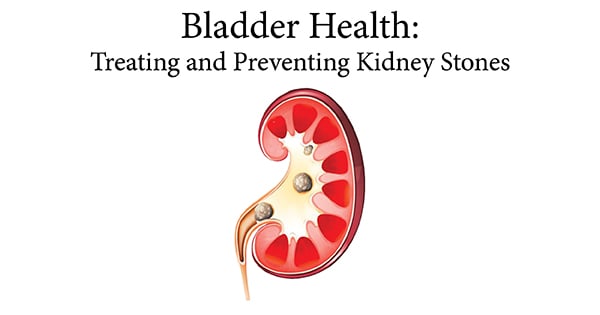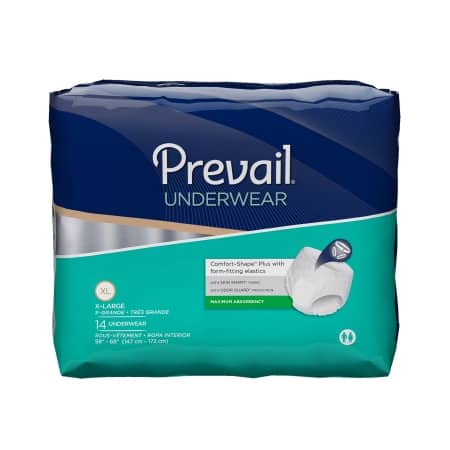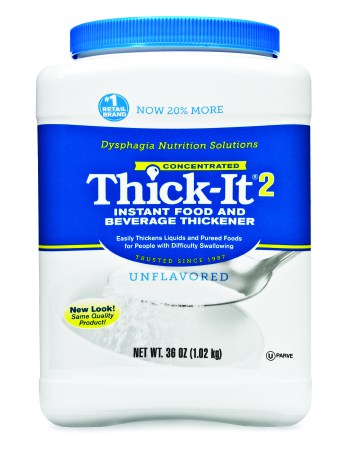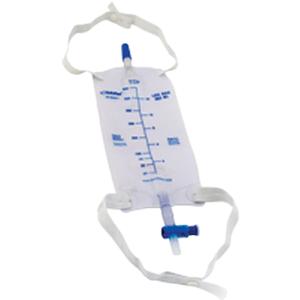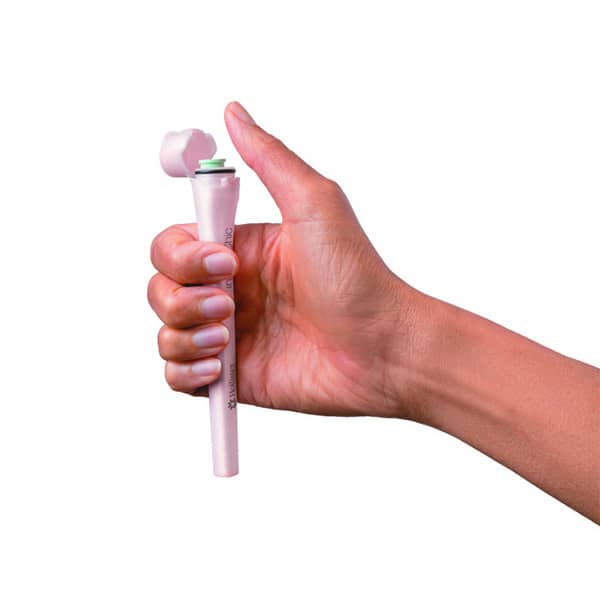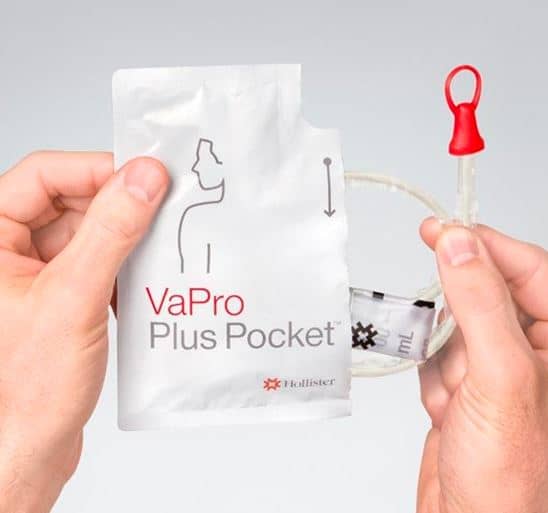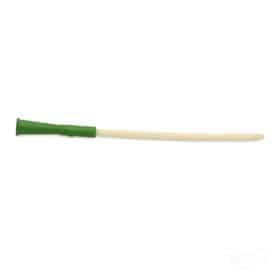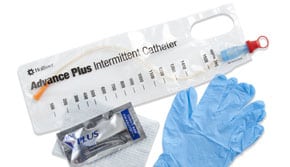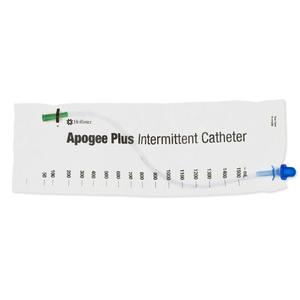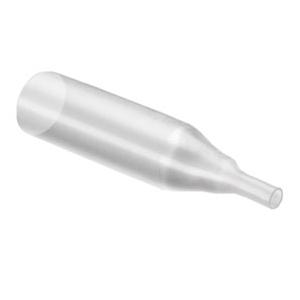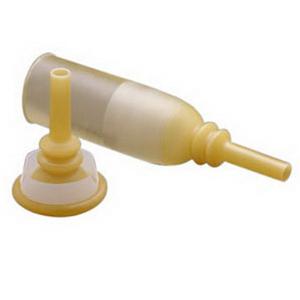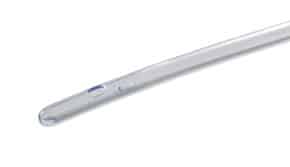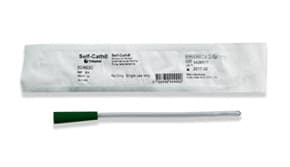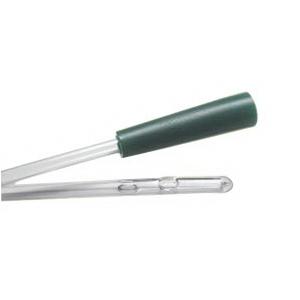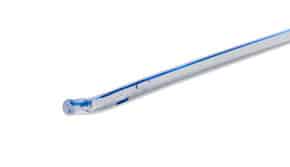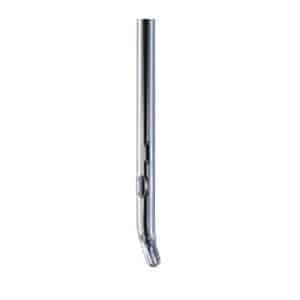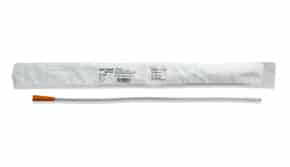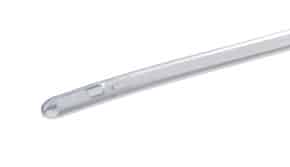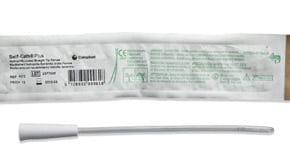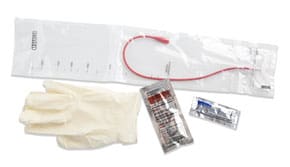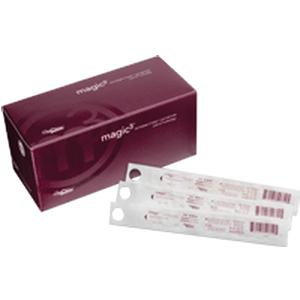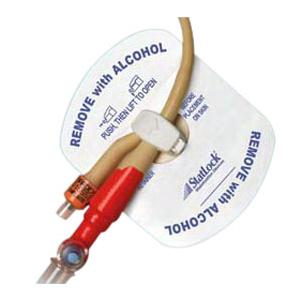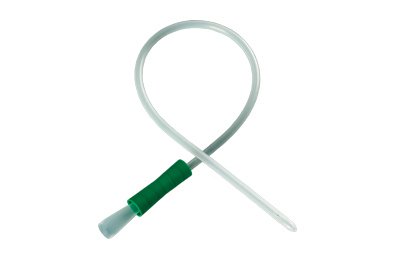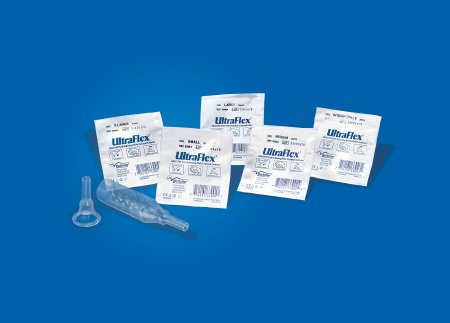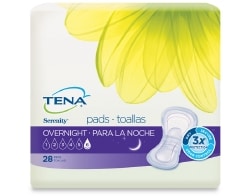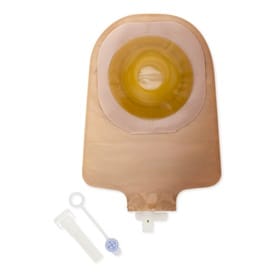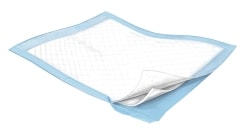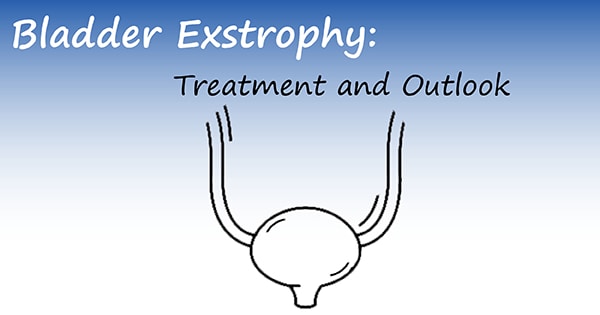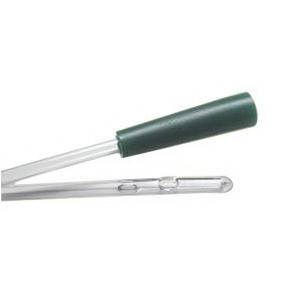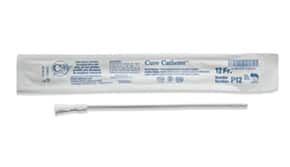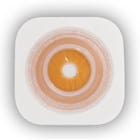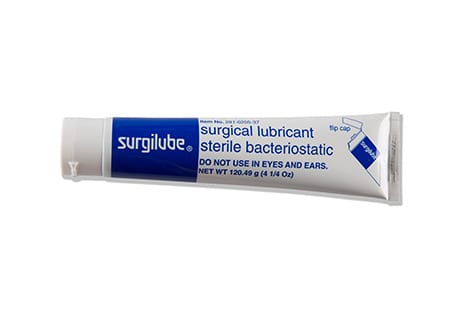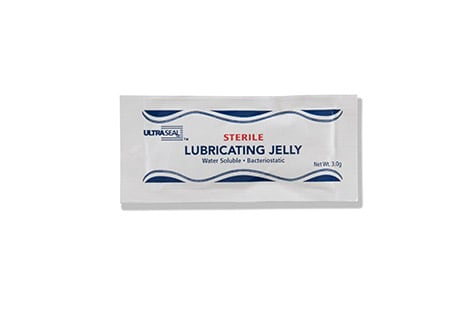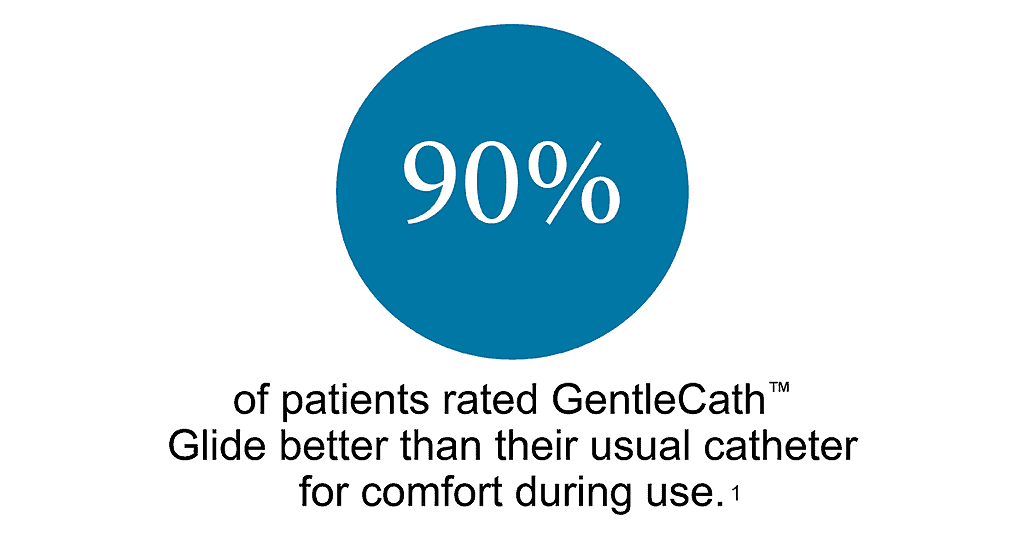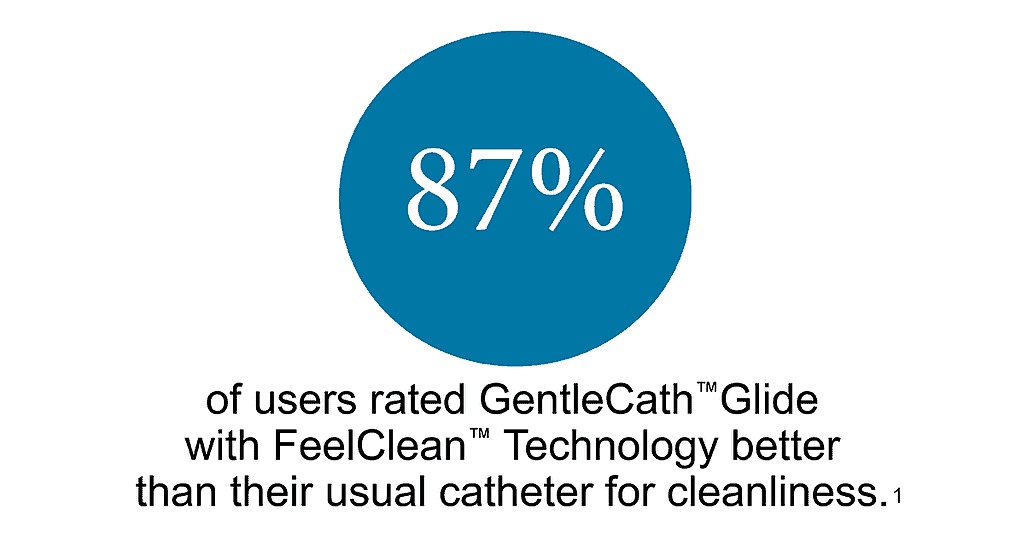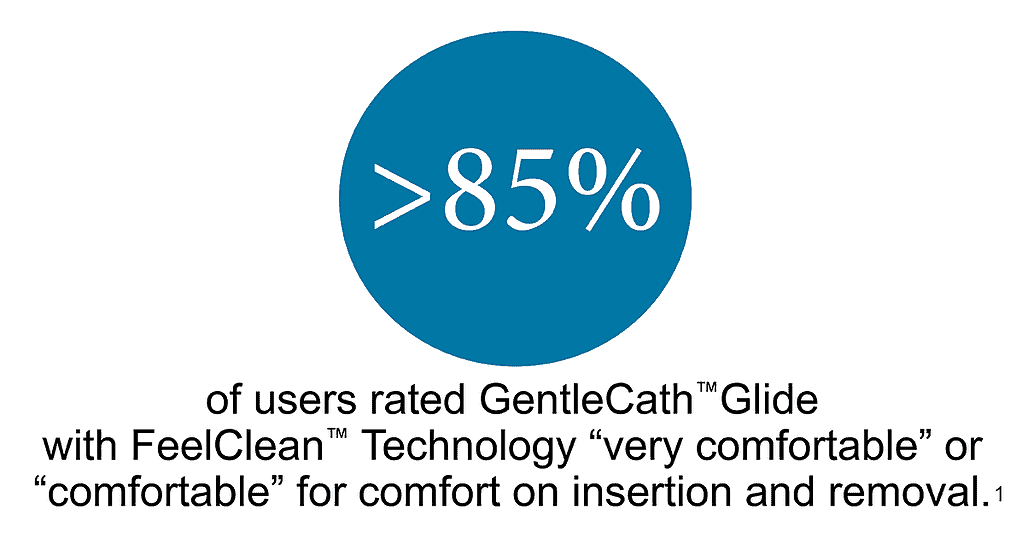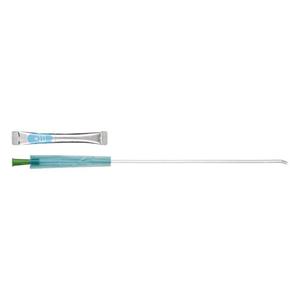Our kidneys are responsible for removing waste from the blood and passing that out of our bodies through urine. Sometimes, crystals can begin to form in the kidneys when there is a buildup of waste, and those crystals are called kidney stones. These crystals can be as small as a grain of salt or as large as a golf ball. The larger the kidney stones, the more difficult and painful they are to pass.
So what causes the development of kidney stones, and how can they be prevented? We will discuss that now and hopefully provide helpful information about keeping your bladder healthy and avoiding kidney stones.
What causes kidney stones to form?
There are many risk factors for kidney stones. Anyone can get them, although statistics show that men are more likely than women.
Some of the risk factors of kidney stones are:
- Your diet is high in protein, salt, and sugar
- You are overweight
- You do not drink enough water
- You previously had kidney stones
- Other family members have had kidney stones
- You have polycystic kidney disease
- You have had an intestinal surgery such as gastric bypass surgery
- You take diuretics or calcium antacids
Most kidney stones can be easily passed through urine; however, if the kidney stone is too large to pass through the urethra, it can block the urinary tract, and an alternate treatment may be needed.
What are the treatment options for kidney stones?
First, always consult your doctor if there is blood in your urine, you have pain when you urinate, or you are experiencing extreme discomfort in your lower back or abdomen. These could be signs that your kidney stone is too large to pass naturally.
Your doctor may run some blood and urine tests as well as a scan to determine the size of your kidney stones. If your kidney stones are small, your doctor may tell you to drink plenty of water and take pain medication to help push them through your urinary tract.
If the kidney stones are too large to pass naturally, there are a few alternative treatment options.
Lithotripsy
This treatment is done under general anesthesia and uses a focused ultrasound to break up the larger kidney stones into smaller pieces. These smaller kidney stones can then be passed through the urine.
Ureteroscopy
This treatment is also done under general anesthesia. A long tube is inserted into the urethra and then through the bladder. The doctor either removes the stones directly from the ureter or uses a laser to break them into smaller pieces. More detailed information about this procedure can be found at https://urology.ufl.edu/patient-care/stone-disease/procedures/ureteroscopy-and-laser-lithotripsy/.
Percutaneous Nephrolithotomy
When other therapies have failed, this treatment can be used to remove kidney stones. The doctor inserts a scope into the back through a small incision and removes the kidney stones. This procedure is done while under general anesthesia, and more detailed information can be found at https://my.clevelandclinic.org/health/treatments/17349-percutaneous-nephrolithotomy.
How can kidney stones be prevented?
 One of the key ways to reduce your risk of developing kidney stones is to drink extra water. By drinking a lot of water, the substances in the urine that lead to kidney stones are diluted. It is recommended to drink at least ten 10-ounce glasses of water each day. This amount translates into approximately three quarts of water.
One of the key ways to reduce your risk of developing kidney stones is to drink extra water. By drinking a lot of water, the substances in the urine that lead to kidney stones are diluted. It is recommended to drink at least ten 10-ounce glasses of water each day. This amount translates into approximately three quarts of water.
Some tips for drinking more water include:
- Add flavor to your water by freezing fruits and using those as an alternative to ice cubes.
- Try adding honey and lemon to hot water for soothing and warm hydration when the weather is cold.
- Opt for unsweetened sparkling water.
- Try using a water bottle that features marked increments as reminders to track your daily water consumption.
You can find smart products that can help you stay hydrated at https://www.nbcnews.com/select/lifestyle/10-smart-products-will-make-upping-your-water-intake-no-ncna759776.
 Some diet tips to help prevent kidney stones include:
Some diet tips to help prevent kidney stones include:
- Try cutting down on salty foods like frozen meats, cheese, canned soups, salty snacks, and certain salad dressings. Reading product labels to determine the content of sodium can be very helpful. More information for the recommended daily sodium intake can be found at https://www.healthline.com/nutrition/sodium-per-day.
- To prevent uric acid kidney stones, it may be helpful to try reducing your intake of shellfish and red meat.
Remember that you should never start, stop, or change your diet without consulting with your doctor.
Having a healthy bladder is essential to everyone. By maintaining a proper fluid intake, eating a well-balanced diet, and keeping your weight under control, you can help avoid kidney stones and other bladder complications such as incontinence, urinary tract infections (UTIs), adult bedwetting, to name a few.
